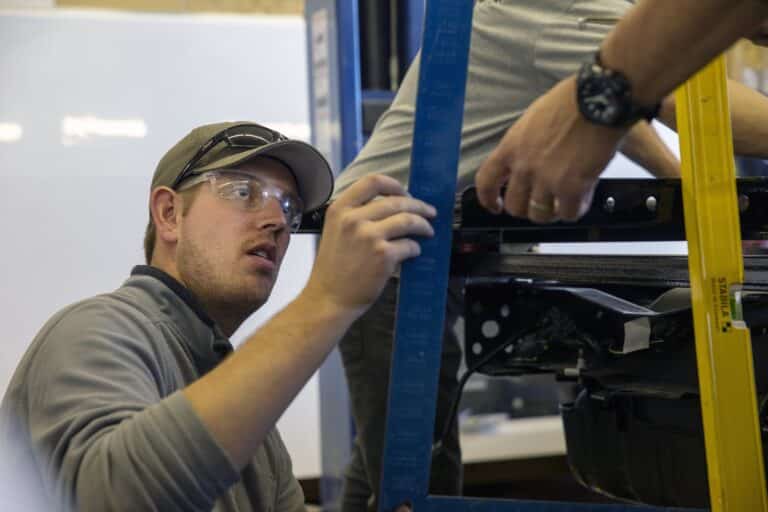Celebrating the Season – How to Best Prepare for Winter Overland Travel
The holiday season in North America normally is a time where most places get chilly, see snow, and roads become impassible. However that may be, it is also a great time to travel to certain places because they are less crowded, and offer a completely different experience and beauty.
If the inner adventurer in you is planning to take advantage of these times, just make sure you are most prepared for potential harsh winter conditions. Remember that every vehicle is at the wrath of Old Man Winter, but these precautions and preparations will definitely help.
- Fuel: I quickly found out when traveling across Wyoming in minus 62 degree F temperatures that no fuel is safe from freezing up in your fuel lines and your fuel tank. Being best prepared for these temperatures is critical, so carry proper additives for your fuel to keep it in a liquid state. If you’re planning to spend lots of time parked in colder temps (i.e. ski resorts) you may want to consider tank and fuel pump heating systems as well.
- Water: Like fuel a frozen water line can really put a damper on your trip. Not only will it not allow you to access fresh water storage or dump grey water from the tank, but it can cause a lot of damage to expensive systems you rely on for comfort. It is never recommended to put additives in your fresh water system, so it is critical that you keep the tanks warm. Insulating the tanks or putting a 12 volt heater on them is recommended. It is also good to bring a few jugs of water to keep in your living quarters just in case.
- Navigation: You may have been on some roads numerous times, but when covered in snow these same roads can look completely different. Missing a turn can be disastrous, and we hear stories every year of people just following Google maps over the mountains, getting stuck, and then struggling to survive. In most cases your turn by turn navigation will take you the fastest route possible, but those routes might not be accessible for the type of vehicle you’re in. Having redundant navigation systems and maps is most important. Also, sometimes it’s best to put your ego aside… ask locals for the safest route to a location, and don’t feel defeated if you have to turn around.
- Extend Your Gear: While we always like to travel as minimal as possible, the winter is not the time to test how light you can get your gear bag. OVER PREPARE! Bring second sets of clothes, jackets, gloves, hats, boots, fuel containers, blankets… whatever you think you might need to survive being stranded. I’m not trying to preach doom and gloom, but if you do get into trouble it’s much more difficult to withstand winter elements than times where you can hike out in shorts and a tee shirt.
- Communication: This really doesn’t differ for when you are traveling in remote areas in the summer or winter. The ability to reach help when you are in need is the utmost important thing you should be prepared for. My favorite device is the Garmin inReach handheld devices, but anything with a two-way communication service will work. Why two way? Well when you are rationing your supplies and doing everything you can to survive, I prefer to know that people received my message and when to expect help.
I’m sure there are other things that winter traveling experts will tell you like traction devices, lighting, and food preparation, but just make sure if you decide to do it to remember… If you prepare for the worst, you’ll feel a lot less stress an allow you to have a better time.
Happy Holidays.










